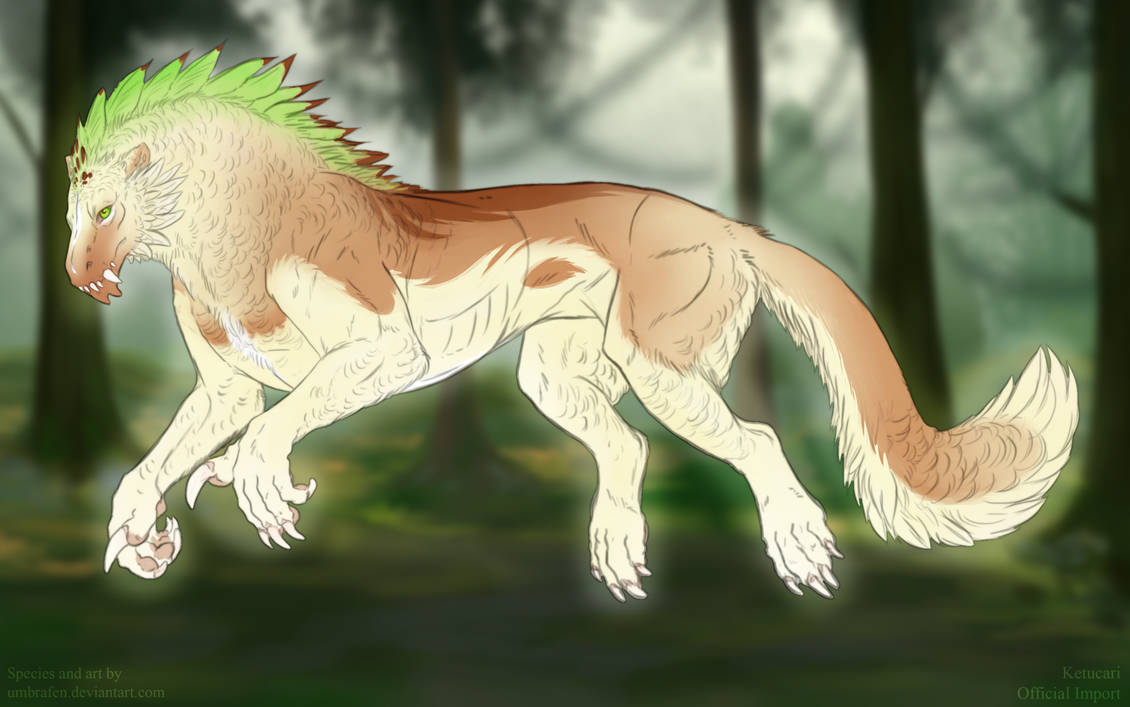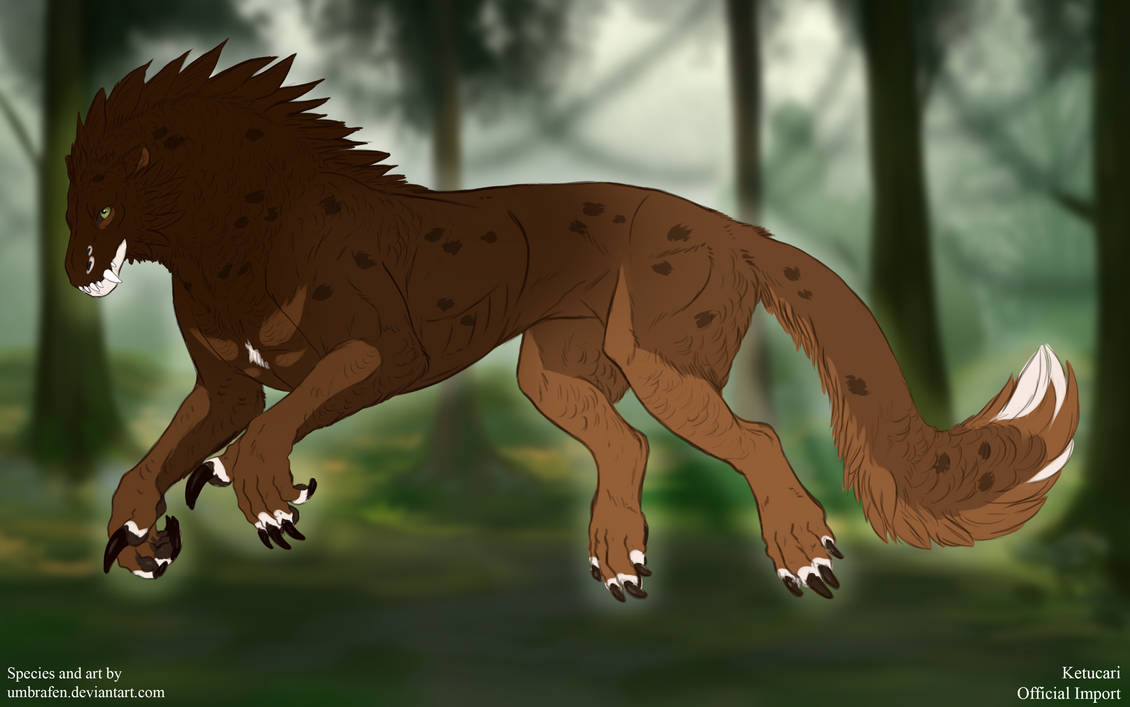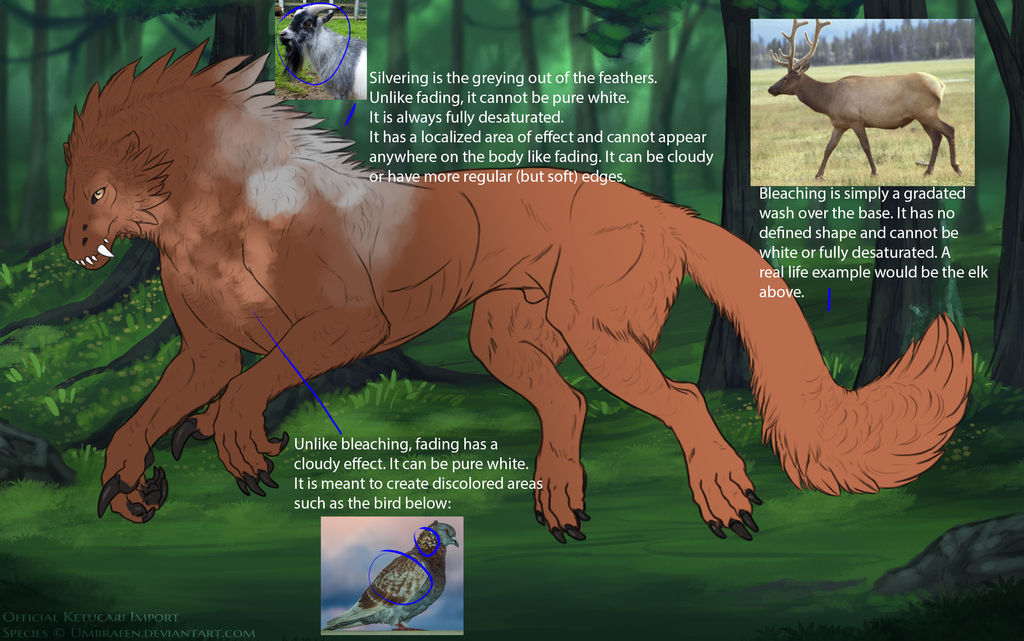Bleaching
Examples
Basics
• Be careful that bleaching does not have the same "cloudy edges" effect that fading does.
• Bleaching may not have holes/freckles erased into it like roan. It must be a solid blanket.
• In your ketucari's genotype, bleaching is denoted by the letters "nBl" (heterozygous) or "BlBl" (homozygous).
• In its heterozygous form, bleaching has a pass rate of 50%. Homozygous bleaching has a 75% pass rate.
Color
![]()
Bleaching must be a lighter and less saturated tone of the base coat. It is never white. Saturation of bleaching shouldn't go into the gray range unless the ketucari is charcoal, pewter or axanthic.![]()
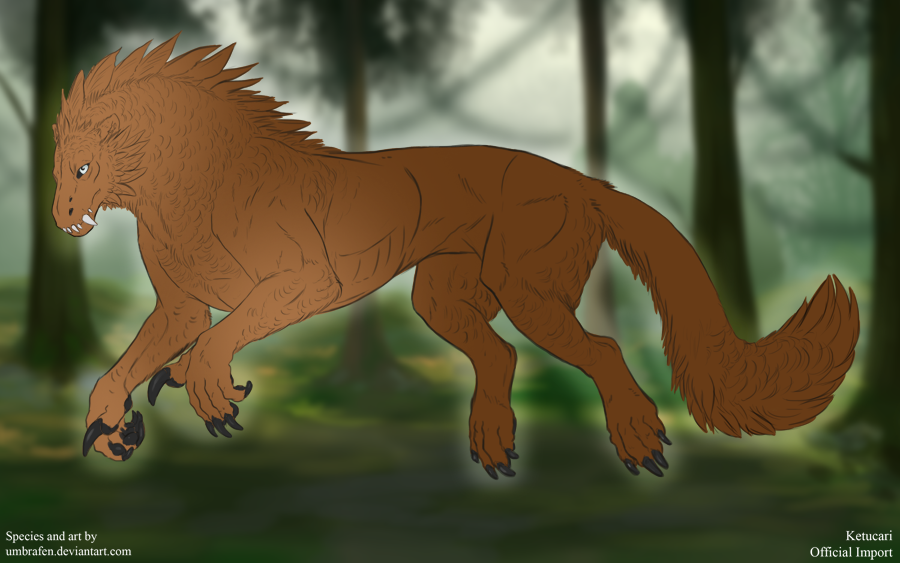


This is in an example of incorrect bleaching. Notice that, although the color is a lighter shade of the base, it is more saturated. Bleaching should always be slightly more desaturated than the base.
Range
![]()
Since bleaching can appear anywhere on the body, there is no minimum range diagram for it. It may not cover more than 50% of the body or less than 10%.
Interaction with Other Markings
![]()
• All markings can be layered under or over bleaching.
• Bleaching may be restricted to spaulder to cause spaulder to be lighter than the base coat.
• Bleaching may be slightly transparent when placed over other markings, slightly altering their color like below.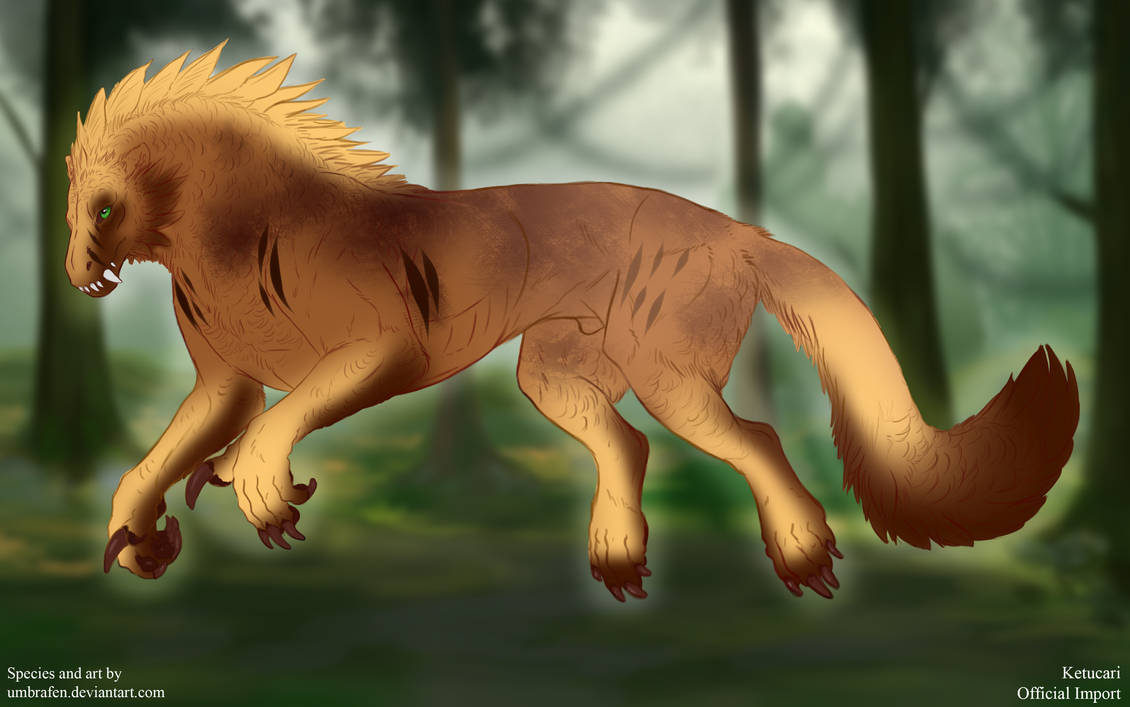
• When bleaching and the vibrant gene are present in the same ketucari, bleaching can have a slight hue shift as seen in these two ketucari. Be careful not to make the hue shift too drastic!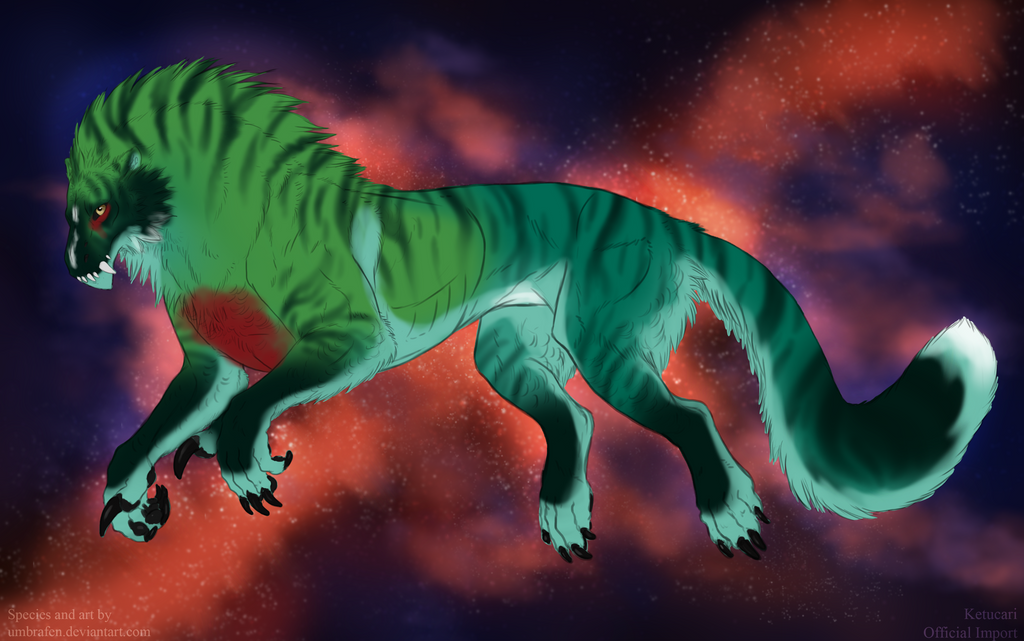
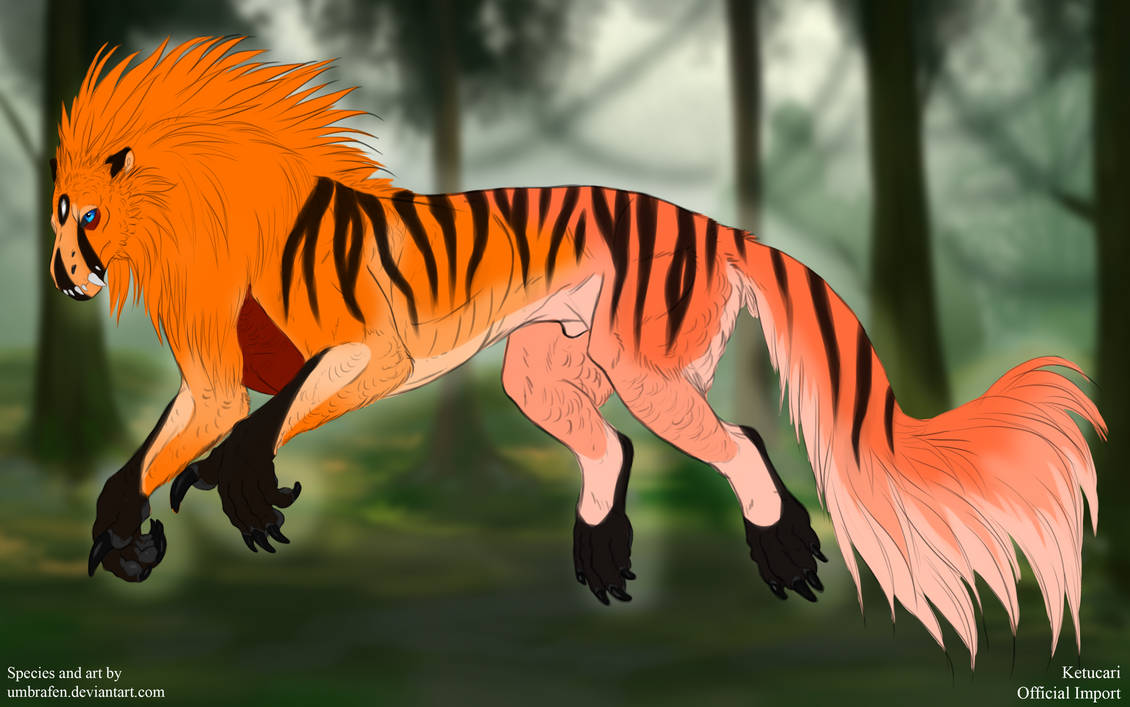
Fading, Silvering, and Bleaching: A Comparison
Accents
Here are some small accents you can add to your designs to make them more unique!
• Bleaching may have a subtle gradient, like below.

